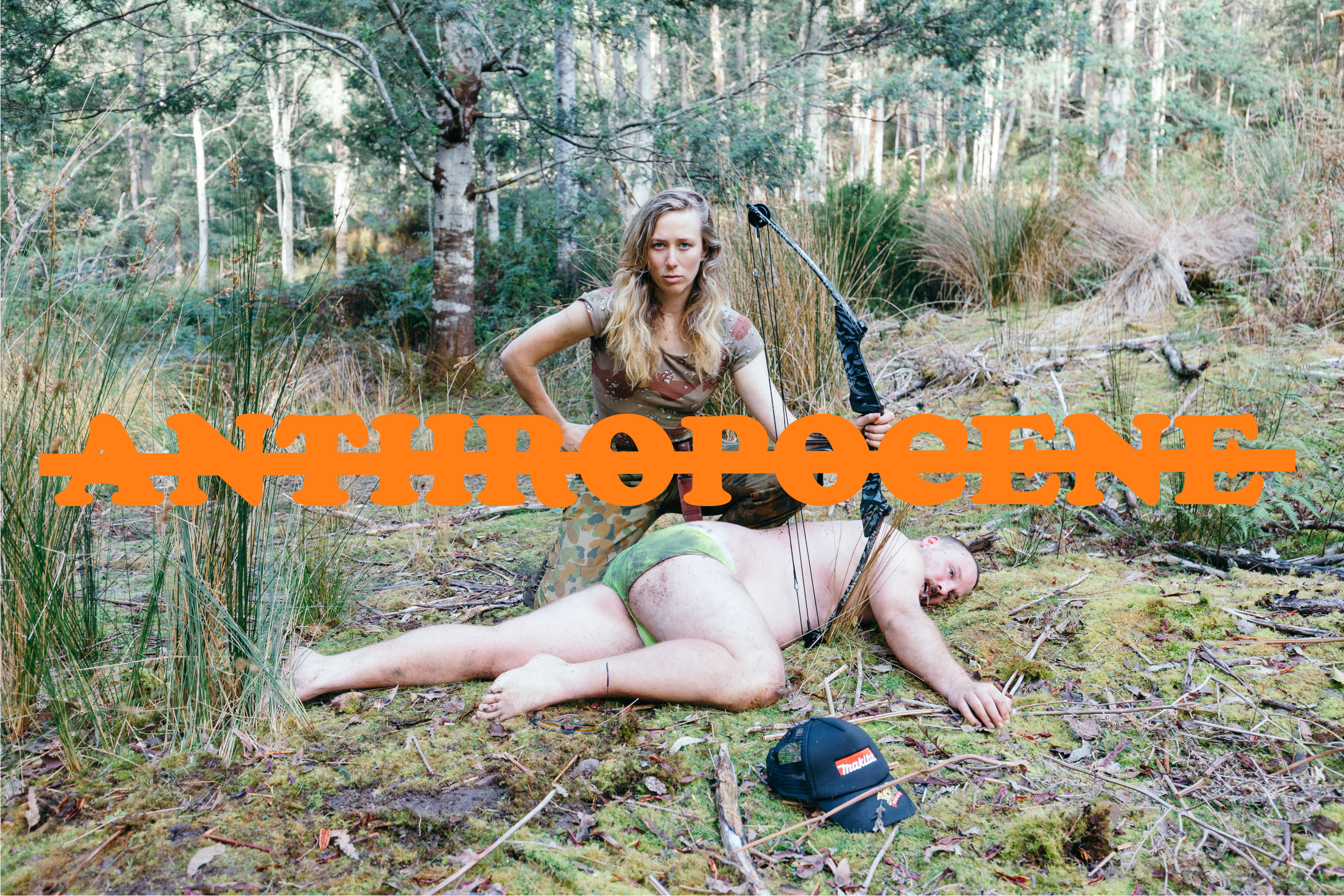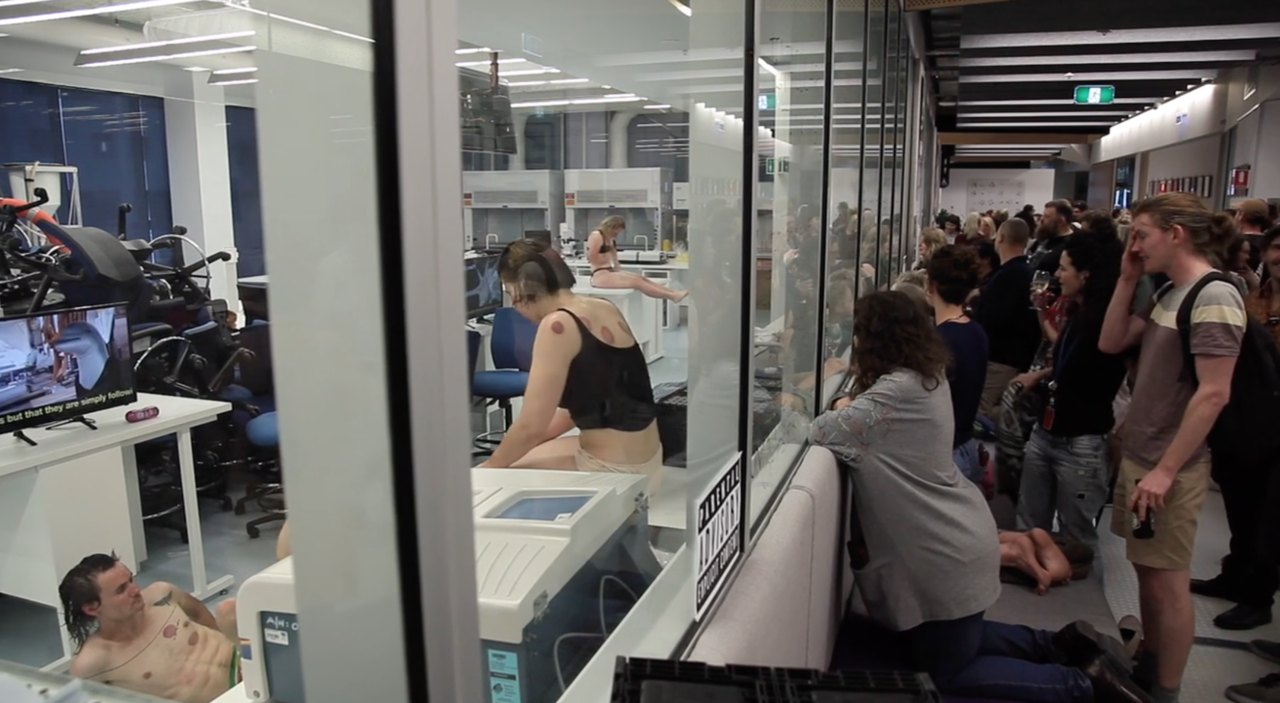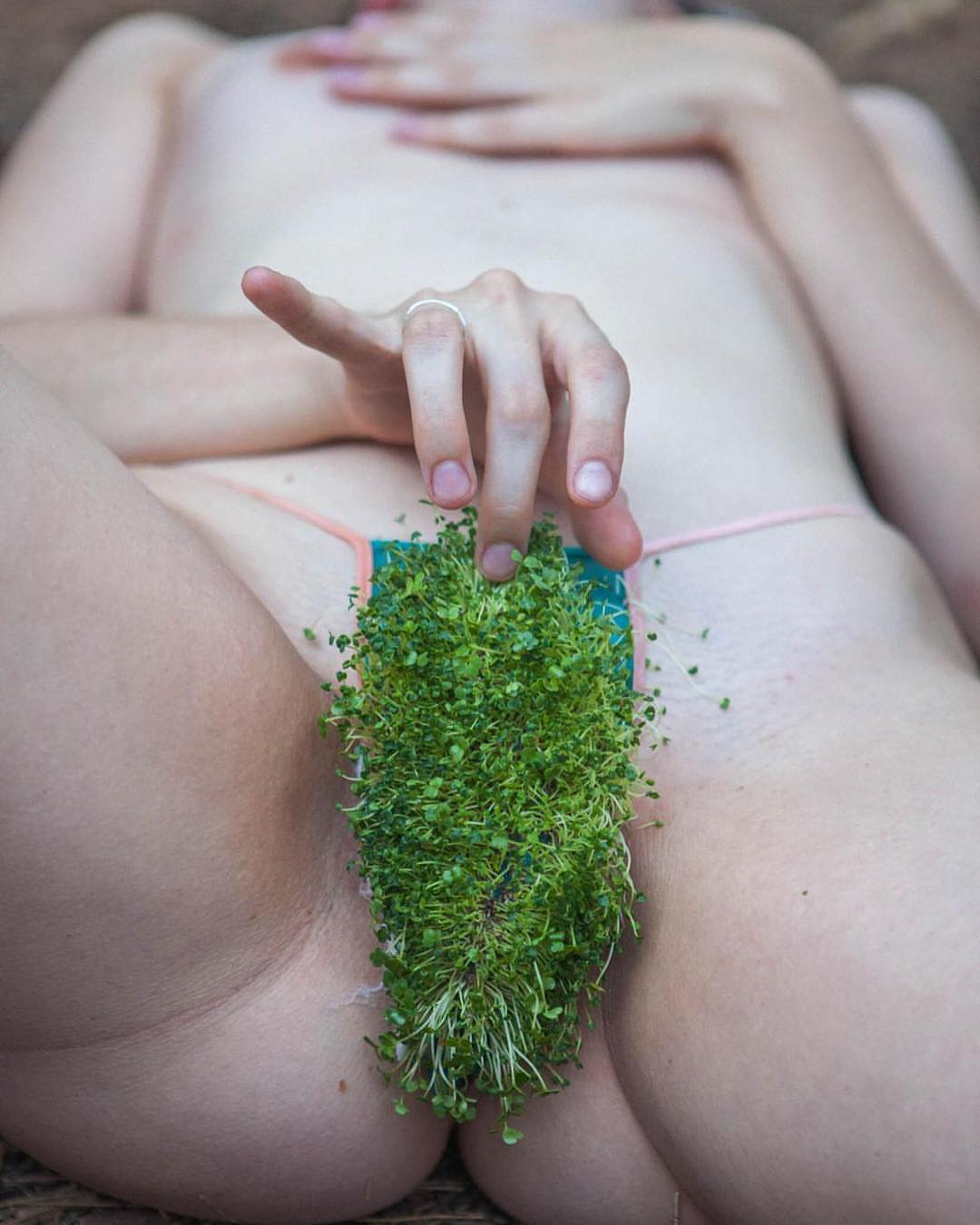12 Aug 2019
Interview
LOREN KRONEMYER SHOOTS ARROWS WHILE RECRUITING EPOCH WARRIORS
During her summer 2019 residency on the island of Suomenlinna, Australian artist Loren Kronemyer has been working on two projects. The first one, which she will present at Kuopio’s ANTI – Contemporary Art Festival, is called After Erika Eiffel. The second project, which is a collaboration between Loren and Ian Sinclair, has been ongoing for several years and tries to answer the following question: what should we call our current age?
After Erika Eiffel, which will be presented in Kuopio in September, tells the story of Erika Eiffel, who famously married the Eiffel Tower. What most people do not know, and definitely should, is that, before the Eiffel Tower, Erika Eiffel had a relationship with an archery bow. She used the relationship to fuel a very successful sporting career, becoming a world champion archer. Erika Eiffel’s story will be explored in Kuopio through sixteen targets, which have been designed by Loren in collaboration with Kaarina Tammisto. The targets will be arranged in a park and the audience will be guided through them while being introduced to shooting a bow and arrow.

After Erika Eiffel by Loren Kronemyer.
Loren had wanted to try archery for a long time and was given the push to try it through her fascination with Erika Eiffel’s story. During her residency at HIAP, Loren has been practicing archery three times a week at the Ruskeasuo archery track. “I wanted to nail the gold from 10 meters for the show at ANTI, and I can do that now so I’m moving beyond any original goals.” There is a meditative, spiritual quality to archery, Loren finds, that drives her onwards.
When Loren feels like taking a break from shooting arrows, she dives into another project that she has been working on for years with long-time collaborator Ian Sinclair. In what the pair call Epoch Wars, Loren and Ian explore alternative strategies to name our geological epoch, to replace the tainted word “anthropocene.” They want to encourage artists to use their powers to undermine the spread and acceptance of the name on ethical grounds. “Anthropocene” is the wrong name for the current epoch, as it places the blame on all humans, rather than those most responsible for ending the epoch that came before. “It is letting the crooks off the hook,” Loren explains, “so we started thinking how we, as artists, can help take the name down.” The committee that promotes the term “anthropocene” consists of 34 geologists, most of them male and most of them from an American or European context. The group are part of a heated debate over scientific naming that Loren and Ian felt the need to join. They want to involve other participants in the project, recruiting Epoch Warriors to help them harness the unfolding media narrative surrounding this naming event.
Many alternatives to the term “anthropocene” have been presented by various philosophers, thinkers and artists, such as capitalocene, chthulucene, plantationocene, symbiocene, aerocene and gynecene. However, as Loren points out, the important thing is to not use “anthropocene.” The alternative can be anything.

Epoch Wars Still by Pony Express Photo by Tom Cramond.
AA: You work across platforms of performance art, media art and scientific research. Do you see art and scientific research as different kinds of knowledge, different languages?
LK: Not at all, in fact I am very focused on ignoring many of the perceived boundaries between scientific and artistic knowledge systems. I think there is lots of interesting performance art being developed by scientists. One example that I’m into at the moment is the practice of the GSSP, or Global Boundary Stratotype Section and Point. The GSSP is a literal golden spike that is hammered into a physical location on Earth to demarcate the boundary between one geological age and the next. These GSSPs have been ceremoniously installed all around the world for the last 60 years. The one marking the beginning of our current 12,000-year deep epoch is pierced into an ice core in Greenland.
The protocol for defining where a GSSP belongs is still very ambiguous and hotly contested among the geologists I’ve read. Nonetheless, this golden spike ritual has endured and become a defining aspect of the narrative around how Earth’s geological timeline is constructed. To me, the act of hammering a golden spike into the ice to formally signify the end of an era reflects an awareness of storytelling and aesthetics usually associated with performance.
Something that’s emerged in recent years is a growing public mistrust of evidence-based research, for example skepticism towards climate change, and I am disturbed by this trend and its implications. It’s motivated me to reflect on the places in scientific protocol where bias and subjectivity can thrive, such as with this golden spike choreography, or data bias influenced by patriarchal and white supremacist traditions. Scientific and artistic knowledge systems are both in constant states of reproduction and reconfiguration, which is a process driven as much by cultural and political context as by any intrinsic connection to objective truths.
AA: Linguistic questions appear to be at the heart of what you are doing. Could you say something about that?
LK: Language is an infinitely renewable resource. I don’t know much about linguistics to be honest, but I am really interested in language and its effect on culture. My favorite is slang, how slang evolves in response to social movements, and how slang is indexed to time. Across all of my projects, I try to pay really close attention to the language associated with my subjects and how that can inform the work, as well as what language I use and don’t use to describe a practice. At the moment I am doing a project involving archery, and I was really informed by the language for the anatomy of the bow, which includes limbs, a back, and a belly – very suggestive and anthropomorphic depending on how it’s used. I am also working on a project about asking what we should be calling our present geological epoch. There is a big debate about the existential implications of language in terms of naming time, and who gets to decide the rules of that nomenclature. Language changes pretty fast relative to other parts of human culture, and I like to keep an eye on how it emerges, diffuses, and can be shifted by certain provocations. The way humans name things can have major consequences!

Tentaculum still by Pony Express footage by Ninna Millican.
AA: On which level do you think could art contribute to social and ecological changes? What role does ecological sustainability play in your artistic practice?
LK: My engagement with art has definitely changed my approach to being a social animal. It is a realm where energy and momentum can build, where there is a freedom to make intersections or departures or non sequiturs with greater flexibility than in other disciplines. Flexibility is a key to adaptation and resilience.
I don’t see the relevance of the word sustainability for my generation. Not much that I was born with can or will be sustained, and frankly, as Glenn Albrecht says, not much of it should be (when it comes to human intervention). I identify as a post-sustainability artist. I really respond to ephemeral work and work that is conscious about how it integrates with the rest of the biosphere. I always attempt to work in a way that is easy for other creatures to survive with, but this means that I am also always running into my own hypocrisies and limits.
AA: Your Ecosexual Bathhouse can be seen as absurd or humorous. How does humour help bring forward the very serious desire to protect our planet’s ecological systems?
LK: Absurd humor is a survival adaptation and should be cultivated at all times. That being said, I think Ecosexual Bathhouse ended up being one of the most sincere, albeit playful, projects I’ve worked on – and in the end it felt no more absurd than any other facet of human sex culture (I’m looking at you, “gender reveal parties”).
The project, which my collaborator Ian Sinclair and I have been rolling out in different forms for the last few years, plays with extending the limits of where human and nonhuman eros can intersect. We imagined the accelerated evolution of the Ecosexual identity, creating films, magazines, a nightclub, and other immersive details that fleshed out the ways ecosexuality could occupy the underground cultural zeitgeist. We produced it with the intent of highlighting how sexual exchanges are a constant in the biosphere, whether or not humans are attuned to them, and how sexuality in all its diverse forms evolves in concert with the ecosystem. It was fun reimagining aspects of queer, sex, and fetish culture as tools to tap into the networks of signaling, consent, physical and chemical exchange that happen throughout the biosphere. In in the process found a community of really willing and excited participants and audiences who constantly push the work in new directions. Sometimes exploring the bathhouse is sweet and playful, sometimes it’s surprising and erotic, and sometimes it is tinted with a greater darkness or fear that we are irreversibly incompatible with the living things that surround us.

Ecosexual Bathhouse by Pony Express, Photo by Matt Sav.
Read more:
Loren Kronemyer’s performance at ANTI – Contemporary Art festival.
